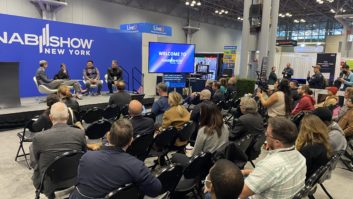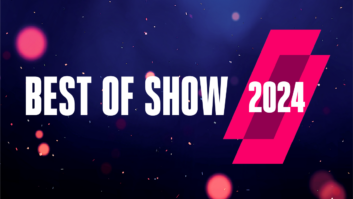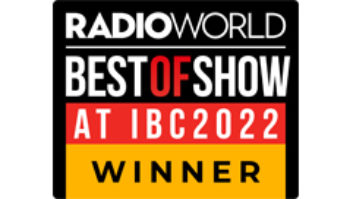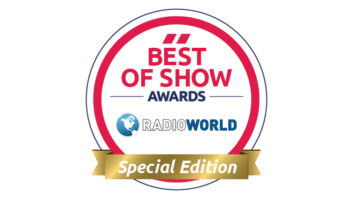Post-show Recovery
May 1, 2010 12:00 PM, Chriss Scherer
[email protected]

The 2010 NAB Show is now in the books, and the first impressions confirm that it appeared to be a good convention. Granted, the mood of our industry at this time last year was at an all-time low. Still, registered convention attendance was up, exhibitor moods were high, and attendee interest was focused.
While registered attendance is up slightly (about 5,000 more registered this year than actually attended last year), I was pleased to hear from exhibitors that stations are placing orders. They’re not big orders, but the budgets are being opened at least in small amounts.
The theories why were mixed: Some exhibitors cite the statistics that advertising revenues are beginning to rise again. Others speculated that stations had put off capital projects as long as they could so it’s just a matter of timing. From the HD Radio standpoint, now that the proposed digital sideband power increase is at least partially settled, some stations are moving ahead with their facility upgrades.
The big change for radio this year was that the radio exhibits were in the Central Hall. Frankly, this was not a big deal to me. Booths move around every year, so North Hall or Central Hall makes no difference to me. Because I rode the Monorail to the convention center each day I liked the Central Hall location. It was a slightly shorter walk from the station. One radio advantage to the Central Hall is that the exhibits are closer to the session rooms for the Broadcast Engineering Conference.
Here are some quick takes from the convention.
IP everything
Whether it’s IP audio in codecs and routers/mixers or IP control, everything has an Ethernet port on it. This should not surprise anyone. On the IP audio side, I was impressed to see Logitek and Axia sharing IP audio information. While all the studio systems have their own flavor of IP audio, this interaction could be the start of some real standards being used between the various systems.
Portable connectivity
While saying �There’s an app for that� is a catch phrase, it seems there really is an app, or at least mobile connectivity, for almost everything. Some companies are stretching the idea by saying a product has iPhone connectivity when the product just has browser control. So it’s not truly an app, but nonetheless, taking control with some kind of smart phone has lots of potential.
Taking portable connectivity to its next logical step, several automation companies showed their products with direct upload capabilities. Someone in the field can send an audio bit to the station and insert it directly into the on-air flow. Remotes and breaking news are even easier to manage this way.
I also liked the codec connection via the iPhone for Tieline and the Droid for Comrex. AEQ showed me that there are apps available to connect to SIP-capable codecs. And now that the iPad is available, many exhibitors were using the overgrown iPod as part of their display.
EAS and CAP
While FEMA, the FCC, the EAS-CAP Industry Group and others work on the next generation of EAS, EAS equipment manufacturers are all standing ready to provide updated equipment when CAP is adopted. The FEMA booth had lots of activity with equipment demonstrations going off every few minutes. A useful demonstration showed a text-to-speech implementation to provide audio from the text within a CAP message.
Some predictions were made that FEMA would adopt CAP in September, which will start the 180-day clock for stations to have CAP-capable equipment installed.
Overall, it seems the convention was a success. Attendance was up, spirits were high, and the media industry in general appears to be on an upswing. This is one trend that we certainly want to continue.
What’s your opinion? Send it to[email protected]












